Home>Gardening & Outdoor>Landscaping Ideas>How To Get Rid Of Centipede Grass
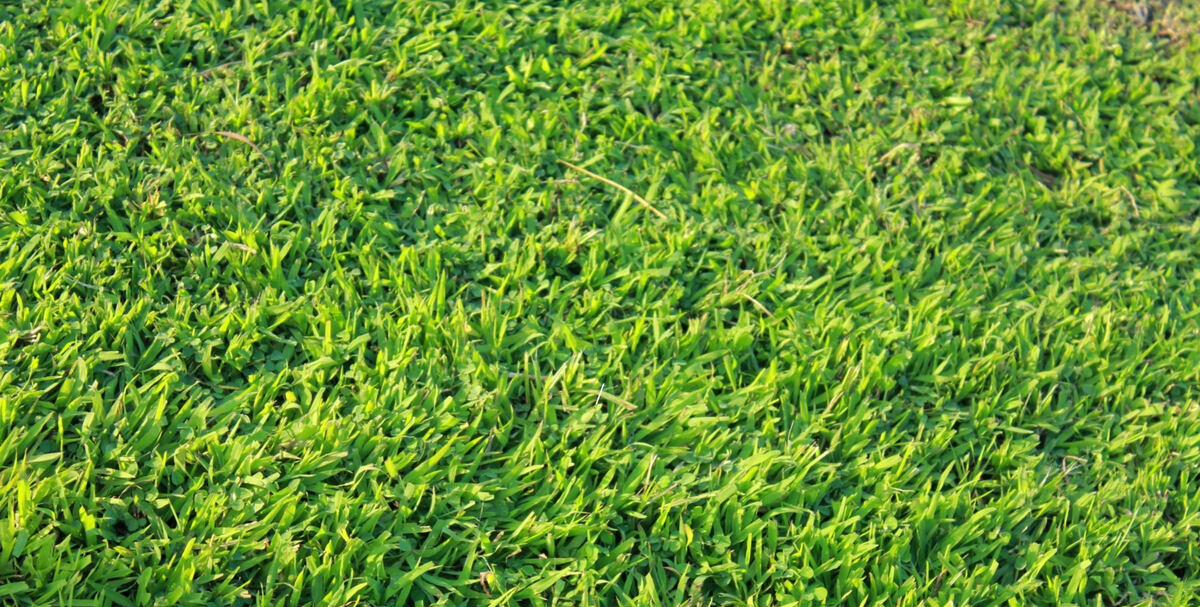

Landscaping Ideas
How To Get Rid Of Centipede Grass
Modified: February 18, 2024
Learn effective landscaping ideas to eliminate centipede grass from your lawn. Discover expert tips and methods for a lush, weed-free yard.
(Many of the links in this article redirect to a specific reviewed product. Your purchase of these products through affiliate links helps to generate commission for Storables.com, at no extra cost. Learn more)
Introduction
Are you tired of battling with centipede grass in your lawn? If so, you're not alone. Centipede grass, with its aggressive growth and invasive nature, can quickly take over your yard, leaving you frustrated and wondering how to reclaim your green space. But fear not! In this comprehensive guide, we'll explore everything you need to know about centipede grass and how to effectively get rid of it. By the time you finish reading, you'll be equipped with the knowledge and strategies to tackle this persistent grass species head-on. So, let's dive in and take back control of your lawn!
Key Takeaways:
- Say goodbye to centipede grass by identifying its distinct features and using targeted removal methods like manual extraction and herbicide application.
- Prevent centipede grass from coming back by implementing regular maintenance, optimal irrigation, soil testing, overseeding, and vigilant monitoring to maintain a resilient, centipede grass-free lawn.
Read more: How To Get Rid Of Centipede Grass In Bermuda
Understanding Centipede Grass
Centipede grass (Eremochloa ophiuroides) is a warm-season turfgrass that is known for its aggressive spreading and low maintenance requirements. It thrives in warm, humid climates and is often used for lawns, parks, and golf courses in the southern United States. While it can create a lush, attractive lawn when properly maintained, its rapid growth and ability to outcompete other grass species can make it a nuisance for many homeowners.
One of the key characteristics of centipede grass is its low, creeping growth habit, which allows it to quickly spread and establish itself in new areas. Its light green color and coarse texture set it apart from other grasses, making it easily recognizable. Additionally, centipede grass has a shallow root system, which can make it more susceptible to drought and stress compared to other turfgrass species.
Understanding the growth patterns and characteristics of centipede grass is crucial for effectively managing and controlling its spread. By gaining insight into its unique traits and growth habits, you can develop targeted strategies to combat its encroachment on your lawn and restore a healthy, diverse turf ecosystem.
Identifying Centipede Grass
Recognizing centipede grass is essential for effectively addressing its presence in your lawn. Identifying this grass species involves paying attention to its distinct features and growth patterns. Here are some key characteristics to help you identify centipede grass:
- Light Green Color: Centipede grass is known for its light green hue, which sets it apart from other grass species commonly found in lawns.
- Coarse Texture: When you run your fingers through centipede grass, you’ll notice its coarse texture, which differs from the finer texture of other grasses.
- Low, Creeping Growth: Centipede grass has a creeping growth habit, spreading horizontally to form dense mats and quickly infiltrating surrounding areas.
- Shallow Root System: Its shallow roots make centipede grass less tolerant of drought and environmental stress, leading to potential browning and thinning during dry periods.
- Distinct Seed Heads: During the growing season, centipede grass produces seed heads that are unique to this species, aiding in its identification.
By familiarizing yourself with these distinguishing features, you can confidently identify centipede grass and differentiate it from other grasses in your lawn. This awareness is a crucial first step in effectively managing its growth and implementing targeted removal strategies.
To get rid of centipede grass, you can use a non-selective herbicide like glyphosate. Apply it carefully to avoid damaging nearby plants, and follow the instructions on the label for best results.
Getting Rid of Centipede Grass
When it comes to removing centipede grass from your lawn, a proactive and targeted approach is essential for achieving successful results. Here are several effective methods for getting rid of centipede grass:
- Manual Removal: For small infestations, manually removing centipede grass by digging it up, along with its shallow roots, can be an effective approach. This method is best suited for localized patches of centipede grass and requires thoroughness to prevent regrowth.
- Herbicide Application: Selective herbicides designed to target and eliminate centipede grass can be an effective solution for larger infestations. It’s crucial to choose herbicides specifically formulated for controlling centipede grass while minimizing harm to desirable turfgrass species.
- Solarization: Solarization involves covering the affected area with a clear plastic tarp to harness the sun’s heat and create a greenhouse effect. This method can effectively kill centipede grass and its seeds by raising soil temperatures to levels that are detrimental to the grass’s survival.
- Soil Amendments: Adjusting soil pH and nutrient levels to favor desirable turfgrass species over centipede grass can help weaken and suppress its growth. Applying lime to raise soil pH and promoting the growth of competitive grasses can aid in naturally crowding out centipede grass.
It’s important to assess the extent of the centipede grass infestation and choose the most suitable method or combination of methods to achieve effective removal. Additionally, timing and consistency are key factors in ensuring the success of your chosen removal strategy.
Before implementing any removal method, carefully consider the potential impact on surrounding vegetation and the overall health of your lawn. By approaching centipede grass removal with a well-informed strategy, you can effectively reclaim your lawn and create an environment conducive to the growth of desirable turfgrass species.
Preventing Centipede Grass from Coming Back
After successfully removing centipede grass from your lawn, it’s essential to implement preventive measures to inhibit its return and maintain a healthy, diverse turf ecosystem. Here are effective strategies for preventing centipede grass from regaining a foothold in your yard:
- Regular Maintenance: Establish a consistent lawn care routine, including mowing at the appropriate height and frequency, to promote the vigor and density of desirable turfgrass species. Maintaining a well-groomed lawn can help prevent centipede grass from establishing itself and outcompeting other grasses.
- Optimal Irrigation: Implement a watering schedule that provides adequate moisture for desirable turfgrass while avoiding overwatering, which can create favorable conditions for centipede grass to thrive. Deep, infrequent watering promotes the development of healthy root systems in desirable grass species, making it more challenging for centipede grass to invade.
- Soil Testing and Amendment: Conduct regular soil tests to assess nutrient levels and pH, and make necessary amendments to create an environment conducive to the growth of desirable grasses. By optimizing soil conditions, you can fortify your lawn against the resurgence of centipede grass.
- Overseeding and Aeration: Introduce new grass seed to fill in any bare or thin areas in your lawn, promoting the growth of dense, healthy turfgrass that can naturally resist the encroachment of centipede grass. Aeration enhances soil structure and promotes the development of robust grass roots, further inhibiting the establishment of centipede grass.
- Vigilant Monitoring: Regularly inspect your lawn for any signs of centipede grass resurgence, such as isolated patches or seed heads. Promptly address any emerging issues to prevent the grass from spreading and establishing itself.
By combining these preventive measures with ongoing lawn care practices, you can create an environment that discourages the return of centipede grass and fosters the sustained growth of desirable turfgrass species. Consistency and attentiveness are key in maintaining a resilient, centipede grass-free lawn.
Read more: How To Get Rid Of Centipedes In Basement
Conclusion
Centipede grass, with its rapid growth and invasive tendencies, can pose a significant challenge for homeowners seeking to maintain a healthy and vibrant lawn. By understanding the characteristics of centipede grass and implementing effective removal and prevention strategies, you can reclaim your green space and prevent its resurgence. Whether through manual removal, targeted herbicide application, or proactive lawn care practices, taking a proactive approach is key to successfully managing centipede grass.
Identifying centipede grass and distinguishing it from other turfgrass species is the first step in addressing its presence in your lawn. Once identified, implementing removal methods such as manual extraction, herbicide application, solarization, or soil amendments can effectively eradicate centipede grass infestations. Following successful removal, preventive measures, including regular maintenance, optimal irrigation, soil testing and amendment, overseeding, and vigilant monitoring, are crucial in preventing centipede grass from returning and maintaining a resilient lawn.
By combining knowledge of centipede grass with targeted removal and prevention strategies, you can create an environment that promotes the growth of desirable turfgrass species while inhibiting the resurgence of centipede grass. With persistence and a well-informed approach, you can enjoy a lush, centipede grass-free lawn that enhances the beauty and value of your outdoor space.
Armed with the insights and strategies outlined in this guide, you’re well-equipped to tackle the challenge of centipede grass and cultivate a thriving, resilient lawn that you can enjoy for years to come.
Frequently Asked Questions about How To Get Rid Of Centipede Grass
Was this page helpful?
At Storables.com, we guarantee accurate and reliable information. Our content, validated by Expert Board Contributors, is crafted following stringent Editorial Policies. We're committed to providing you with well-researched, expert-backed insights for all your informational needs.


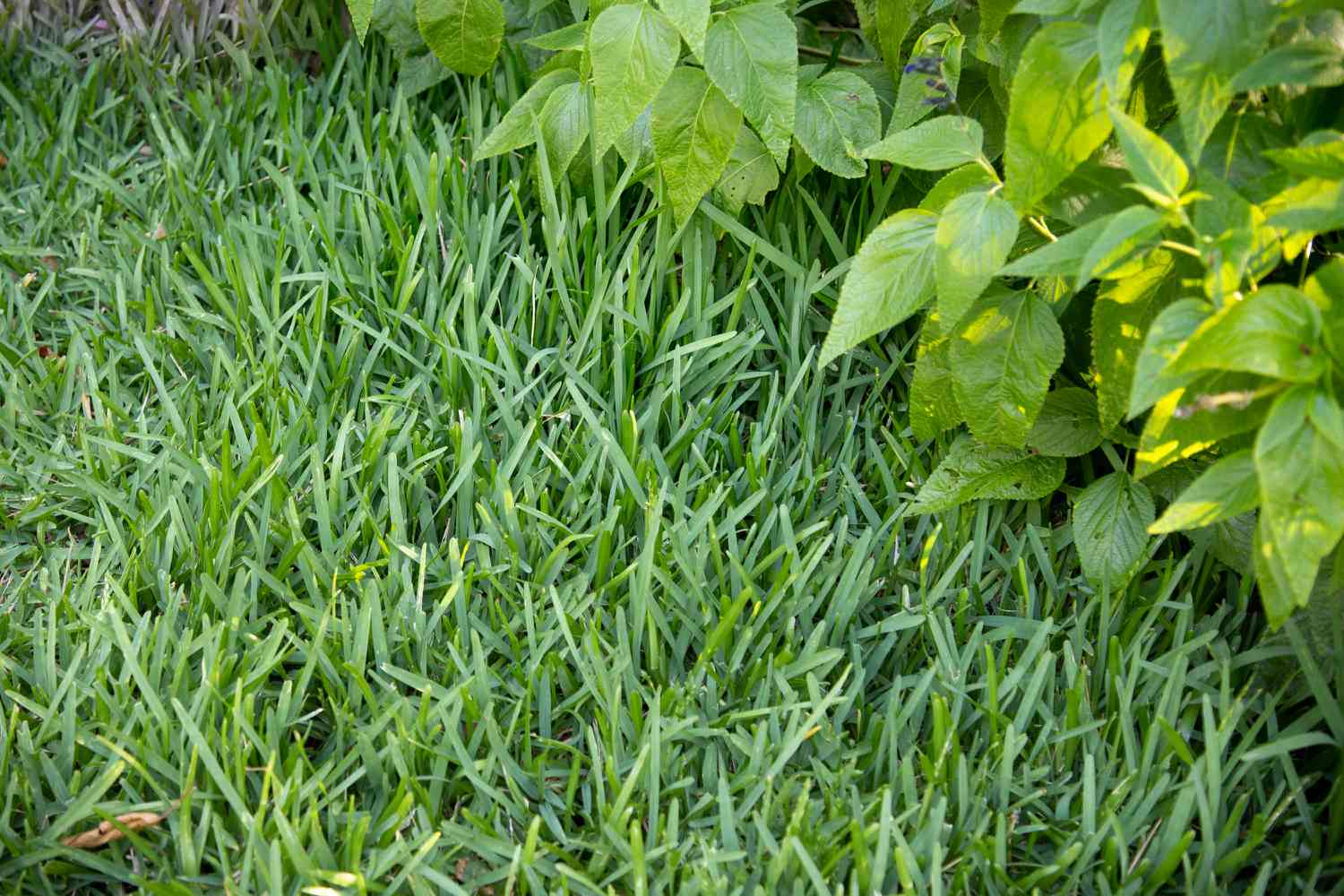







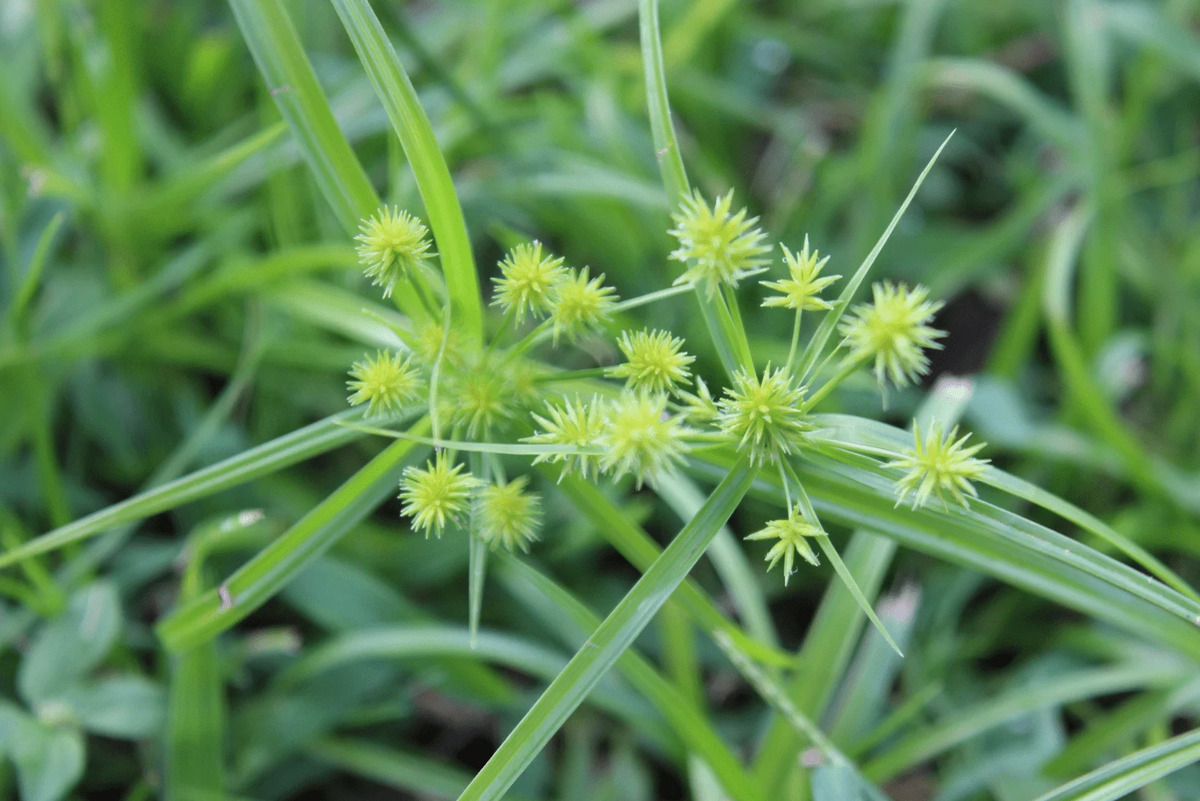
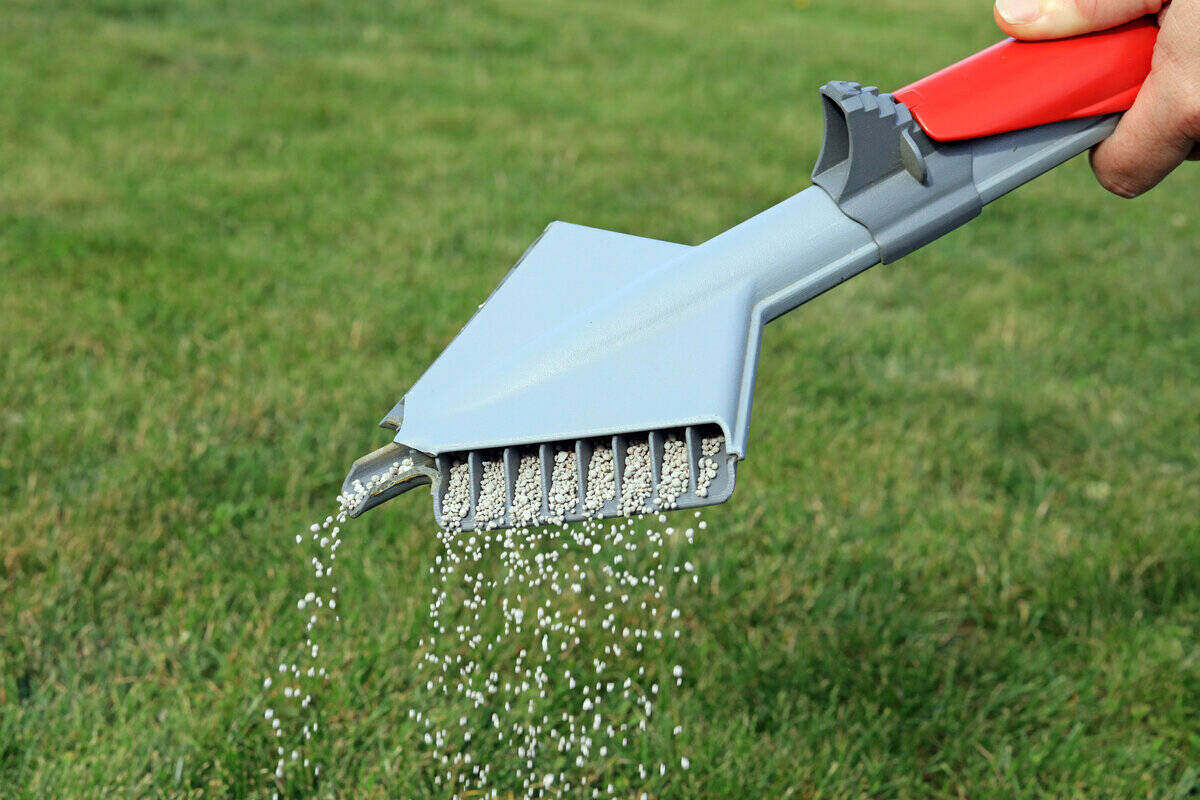
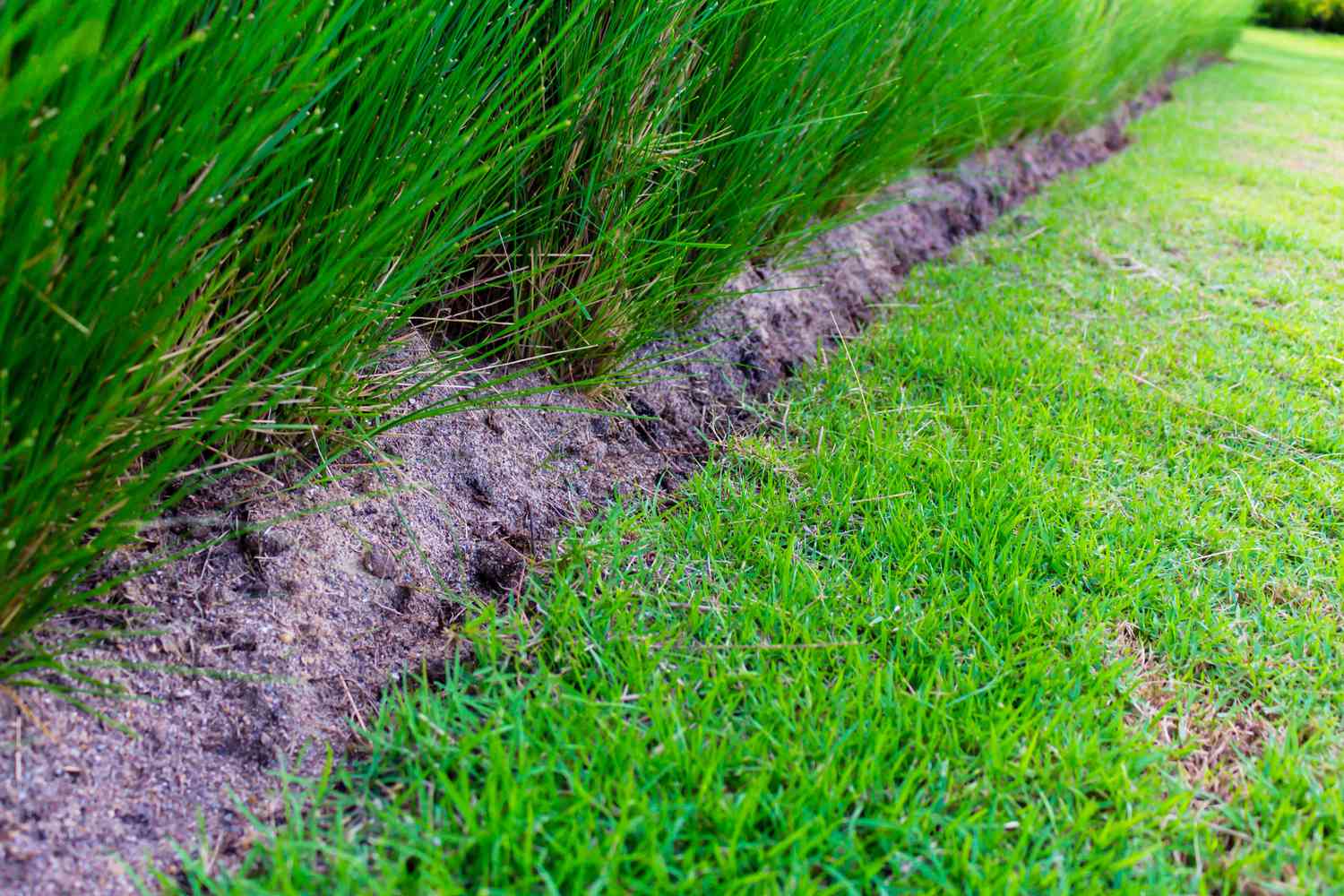
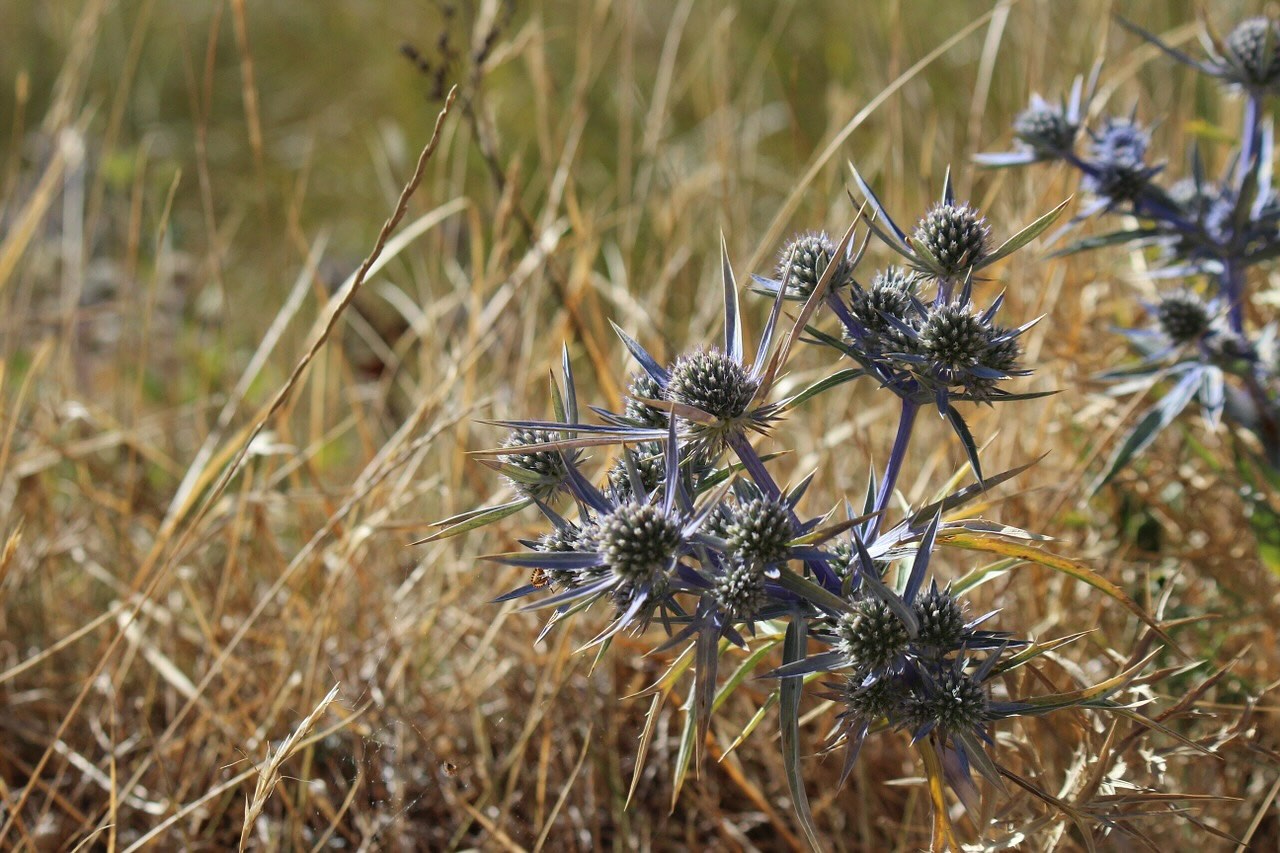

0 thoughts on “How To Get Rid Of Centipede Grass”